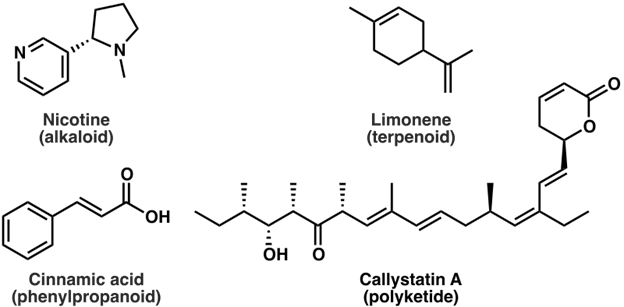A natural product can get termed as any chemical compound that gets manufactured in the body of a living organism. This means that the compound or substance has to be found existing naturally nature. The compounds or substances might also get produced through chemical synthesis. Natural products play a vital role in organic chemistry development. Examples of natural products include cosmetics, dietary supplements, and foods that are produced and manufactured from biological sources without adding any artificial ingredients. Various firms provide these, and several other types of natural products meant for varying purposes. Vulcan chemical is an example of the manufacturers of these products. In this post, we different classes and functions of natural products.
Classification of natural products
Natural products are classified according to;
- Biological functions
- Biosynthetic pathway
- Source of the product
Classification of natural products according to function
Under this class, there are two types of natural products. They are;
- Primary metabolites
Primary metabolites are components of a fundamental metabolic pathway and are required for life. Primary metabolites are primarily associated with cellular functions. Such cellular services include the production of energy, growth, development, and assimilation of nutrients. Examples of primary metabolites are lipids, carbohydrates, nucleic acid, and amino acid. All the compounds mentioned above are referred to as the basic building blocks of life. Respiratory and photosynthetic enzymes are examples of primary metabolites that are utilized in the production of energy. The nucleic acid is a building block for DNA and RNA (components that store and transmit genetic information).

- Secondary Metabolites
As opposed to primary metabolites, secondary metabolites are dispensable and not mandatory. This means that they are not a compulsory requirement for survival. The compounds are also not distributed to all types of species. These metabolites have several varying functions. An example of secondary metabolites is pheromones. This compound is a social signaling molecule. Scientists across the globe share the belief that it is difficult to define the function of secondary metabolites. Some scientists believe that they offer a competitive advantage to organisms that produce them. These practitioners also agree that not all microorganisms produce compounds or substances. Other examples of secondary metabolites are phenylpropanoids, polyketides, and alkaloids.
Classification of natural products according to the biosynthesis pathway
- Carbohydrates
Carbohydrates are the primary source of energy for human beings. They are obtained from plant and animal products. In plants, starches are produced in a process known as photosynthesis, while in animals’ carbohydrates are provides in a process known as gluconeogenesis. Gluconeogenesis and photosynthesis are, therefore, the biosynthetic pathways for carbohydrates.
- Fatty acids and polyketides
These substances are both products of the acetate biosynthetic pathway.
Final Word
Natural products are obtained from cells, secretions of microorganisms, and tissues in both plants and animals. Therefore, the compounds or substances can also be defined depending on their sources. Natural product manufacturers use organic compounds to manufacture medicines and vitamins that can be used for a variety of functions. Such functions include vitamins, energy boosters, bacteria killers, and to improve the structural features of specific body organs.











